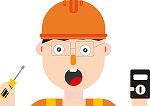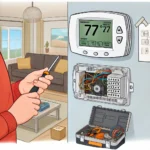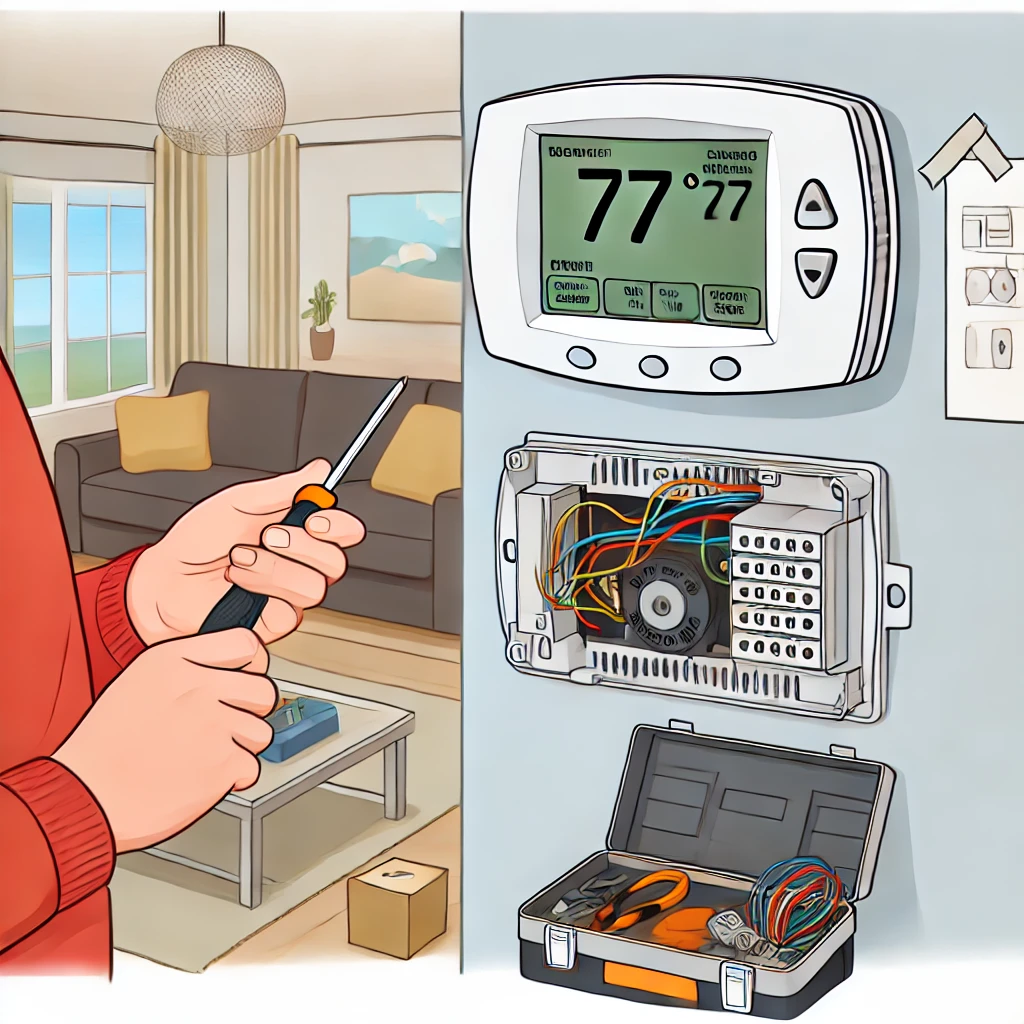Understanding Annualized Failure Rate (AFR): A Comprehensive Guide
The Annualized Failure Rate (AFR) is a pretty good indicator of what percentage of the hardware component will fail within one year. It is usually expressed as a percentage, indicating the ratio of failing devices to the total number of devices included in the calculation in a year. The AFR becomes of importance to manufacturers […]





